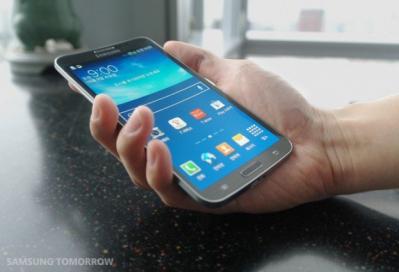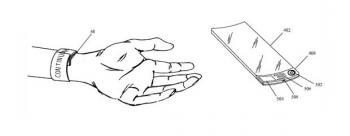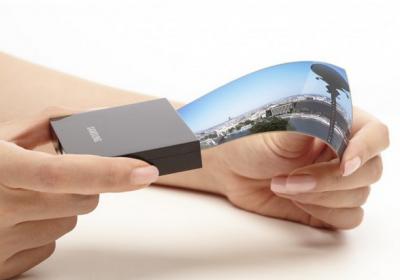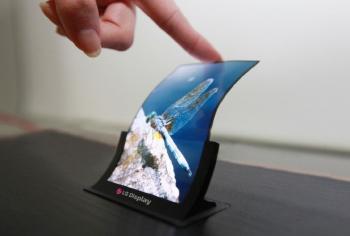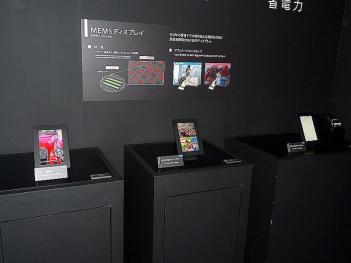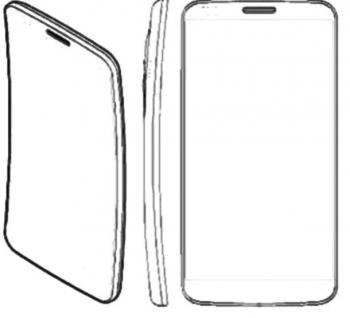LG Chem developed cable batteries, has curved batteries in production
So LG Display is already producing flexible OLED panels, which will allow LG to produce curved phones. Now LG Chem announced that they are already mass producing stepped and curved batteries. The company is also developing bendable "cable" batteries (see image below), but it will take some years before LG Chem can produce them.
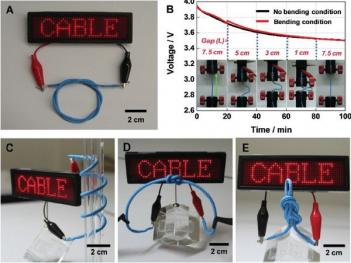
A stepped battery is a battery that is built from two battery units on top of each other in the shape of a "step". This means that LG can make a custom battery for a specific device model which will make better use of round edges, etc. The LG G2 for example uses a stepped battery (produced at LG Chem's Nanjing plant). They say this allowed them to increase battery density by 16% and add more than 3 hours to the G2 batter life. LG Chem will be able to produce designs with even 4 steps in the future.


